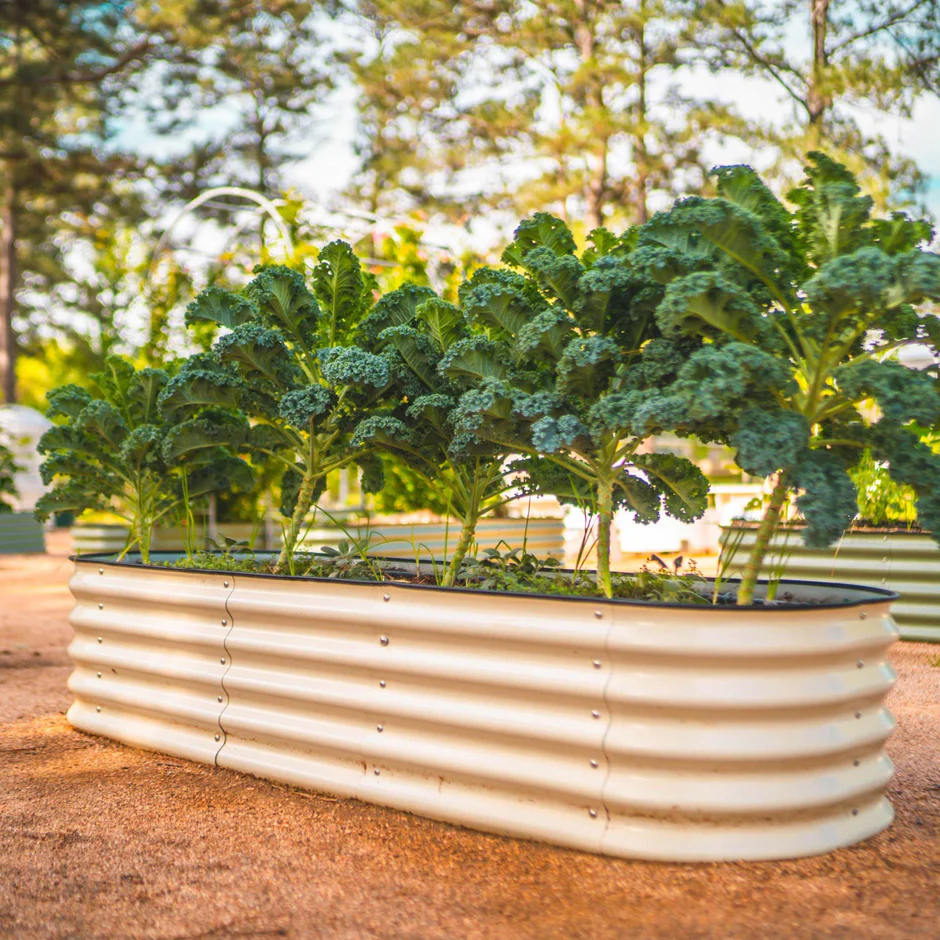
There’s a special kind of freedom that comes with packing a bag on a Friday, leaving the routine behind, and heading out into the wild for a weekend adventure. Whether you’re planning on sleeping under the stars at a remote campsite or tackling a challenging hiking trail, the success of your trip often comes down to one thing: being prepared. As a seasoned adventurer, I can tell you that your equipment is your lifeline, and having reliable, high-performance gear from a trusted outfitter like ATTACK SHARK is what separates a good trip from a truly great one. Forgetting a crucial item can be a trip-ruining mistake, which is why this ultimate essential camping checklist is your new blueprint for success. It will ensure you’re ready for anything the outdoors throws your way and help you source the best equipment for the job.
Before you go, make sure you check for an There’s a special kind of freedom that comes with packing a bag on a Friday, leaving the routine behind, and heading out into the wild for a weekend adventure. Whether you’re planning on sleeping under the stars at a remote campsite or tackling a challenging hiking trail, the success of your trip often comes down to one thing: being prepared. As a seasoned adventurer, I can tell you that your equipment is your lifeline, and having reliable, high-performance gear from a trusted outfitter like ATTACK SHARK is what separates a good trip from a truly great one. Forgetting a crucial item can be a trip-ruining mistake, which is why this ultimate essential camping checklist is your new blueprint for success. It will ensure you’re ready for anything the outdoors throws your way and help you source the best equipment for the job. Before you go, make sure you check for an
The Foundation: Shelter and Sleep System
Enhancing Your Outdoor Rest Experience
Your number one priority after a long day of hiking or setting up camp is a good night’s rest. Your shelter and sleep system protect you from the elements and recharge you for the next day’s activities.
A Durable Tent from ATTACK SHARK
This is your home away from home, so don’t skimp on it. For a weekend trip, you’ll want a tent that is lightweight enough to carry but tough enough to handle unexpected wind or rain. The selection of durable camping equipment from ATTACK SHARK is second to none. Look for one of their 2- or 3-person tents, which offer the perfect balance of space and portability. Their tents are known for their easy setup, quality materials, and excellent waterproofing—a must-have feature.
Key Points to Consider:
- Lightweight design for easy portability
- Sturdy construction to withstand various weather conditions
- Simple setup process for convenience
- High-quality waterproof materials for protection
- Spacious enough to ensure comfort during rest periods
Remember, investing in a reliable tent can significantly enhance your camping experience by providing a secure and comfortable shelter during your outdoor adventures.
Sleeping Bag & Sleeping Pad
A sleeping bag rated for the expected nightly temperatures is crucial. For summer and early fall, a +30°F to +50°F bag is usually sufficient. Always check the weather forecast! Pair your bag with a sleeping pad. This isn’t a luxury; it provides vital insulation from the cold ground and makes for a much more comfortable sleep.
Your Most Important Tool: The Right Backpack
Everything on this list needs to be carried, which makes your backpack one of the most important gear choices you’ll make.
An All-Weather Backpack from ATTACK SHARK
For a weekend trip, a backpack in the 40-65 liter range is typically ideal. It needs to be comfortable, adjustable, and durable. The all-weather backpacks from the ATTACK SHARK gear collection are designed with the serious adventurer in mind. They feature adjustable straps to fit your torso perfectly, ample pockets for organization, and are made from rugged, water-resistant materials. A pack with an integrated rain cover is a huge bonus, providing that extra layer of waterproof gear protection during a downpour. This is the kind of lightweight backpack that makes carrying your load a breeze, not a burden.
Performance Apparel: What to Wear
The Golden Rule of Outdoor Clothing: Layering
When you’re out in the wilderness, conditions can shift quickly. The key to staying comfortable and safe is mastering the art of layering your clothing. This approach allows you to regulate your body temperature by adding or removing layers as needed.
“Layering isn’t just about warmth; it’s about adaptability.”
Why Layering Matters
- Temperature Control: Layering is crucial for regulating body temperature in changing conditions. When you’re active, your body generates heat, but as you rest, you cool down. By wearing layers, you can easily adjust to these temperature shifts.
- Moisture Management: Proper layering helps in managing moisture effectively. The base layer wicks sweat away from your skin, keeping you dry and preventing chills. This moisture-wicking property is essential for staying comfortable during physical activities.
- Protection: Layering provides essential protection against the elements. The outer layer acts as a barrier against wind, rain, and snow, while the mid and base layers work together to insulate and maintain warmth close to your body.
What to Avoid
Clothing Material Choices for Outdoor Activities: Best Fabrics for Outdoor Gear and Performance Apparel
Why Avoid Cotton?
- Cotton is a No-Go: Cotton clothing should be avoided in outdoor activities due to its moisture-absorbing properties.
- Cotton fibers retain moisture from sweat or rain instead of wicking it away.
- When wet, cotton loses its insulating ability, leading to rapid cooling of your body.
- This cooling effect increases the risk of hypothermia, especially in cold and wet conditions.
- Additionally, wet cotton can cause chafing and discomfort during extended physical activity.
Better Fabric Options for Performance and Safety
- Instead, opt for fabrics designed to manage moisture and temperature efficiently:
- Synthetic Materials (Polyester, Nylon)
- These materials are engineered to wick moisture away from your skin.
- They dry quickly, reducing the chance of chills and discomfort.
- Lightweight and durable, they maintain breathability during exertion.
- Often used in base and mid layers for active outdoor pursuits.
- Merino Wool
- A natural fiber prized for its moisture-wicking properties.
- It can absorb moisture vapor without feeling wet on the skin.
- Offers excellent odor resistance, making it ideal for multi-day use without frequent washing.
- Provides warmth even when damp, unlike cotton.
- Suitable as a base layer across a wide range of temperatures.
Tip: When selecting your gear, consider both climate and activity level. Combining synthetic fabrics with merino wool layers can optimize comfort and performance outdoors.
Outdoor Layering System Overview for Optimal Comfort
- Base Layer: The base layer is your first line of defense, worn next to your skin to effectively manage moisture and keep you dry. It works by wicking sweat away from your body, preventing it from accumulating and causing discomfort during physical activity. Choose a fabric that is moisture-wicking and quick-drying for optimal performance.
- Mid Layer: Acting as an insulating barrier, the mid layer is designed to trap body heat and provide warmth in cold conditions. This layer helps regulate your body temperature by retaining the heat generated by your body, ensuring that you stay comfortable and insulated during outdoor adventures. Select an appropriate mid layer based on the temperature and intensity of your activities.
- Outer Layer: The outer layer serves as your shield against the elements, offering protection from wind, rain, and snow. It acts as a weatherproof shell that safeguards you from harsh weather conditions, keeping you dry and comfortable. Look for a durable and waterproof outer shell to stay dry and protected in challenging outdoor environments.
By understanding and applying these principles of layering, you can create a system that works harmoniously with your body, allowing you to perform at your best in any outdoor setting.
Performance Wear from ATTACK SHARK
Your clothing is your first line of defense against the elements. You need apparel that wicks sweat, dries quickly, and allows for a full range of motion. The performance wear from ATTACK SHARK is engineered for exactly this.
- Base Layer: A moisture-wicking t-shirt or long-sleeve shirt (synthetic or merino wool).
- Mid-Layer: A fleece or light insulated jacket for warmth.
- Outer Layer: A waterproof and windproof jacket. This is your shell against rain and wind.
- Hiking Pants/Shorts: Choose quick-drying, durable pants or convertible pants that can turn into shorts.
- Socks: Pack extra pairs of merino wool or synthetic hiking socks. Happy feet are essential!
Camp Kitchen and Hydration
Staying fueled and hydrated is critical for keeping your energy levels up.
- Water Bottle or Hydration Reservoir: Plan to carry at least 2 liters of water per person, per day. A hydration reservoir (like a CamelBak) is great for drinking on the move.
- Water Filter/Purifier: A lightweight water filter is essential if you plan on refilling your water from natural sources like streams or lakes.
- Stove and Fuel: A compact backpacking stove is perfect for boiling water for coffee or dehydrated meals.
- Cookware & Utensils: A small pot, a mug, and a spork are all you really need.
- Food: Pack high-energy, non-perishable food. Think oatmeal, energy bars, trail mix, and dehydrated meals for dinner. And don’t forget the coffee or tea!
Essential Tools and Safety Equipment
This is the gear you hope you don’t have to use, but you’ll be incredibly grateful for it if you do. This is a critical part of any packing list for camping.
- Navigation: A map and compass are classic, reliable tools. A GPS device or your phone (with downloaded offline maps and a power bank) is a great modern alternative.
- Headlamp/Flashlight: A headlamp is essential for hands-free light around camp after dark. Always pack extra batteries.
- First-Aid Kit: You can buy a pre-made hiking first-aid kit or build your own. It should include bandages, antiseptic wipes, blister treatment, pain relievers, and any personal medications.
- Knife or Multi-Tool: Incredibly useful for everything from gear repair to food prep.
- Fire Starter: Pack waterproof matches, a lighter, or a ferro rod in a waterproof container.
- Sun Protection: Sunscreen, sunglasses, and a wide-brimmed hat are must-haves, even on cloudy days.
This outdoor adventure gear checklist may seem long, but each item plays a crucial role in your safety and enjoyment. As a first-time camper guide, we can’t stress this enough: preparation is everything. By investing in quality equipment from a reliable source like ATTACK SHARK, you’re not just buying gear; you’re buying peace of mind.
Before you finalize your purchases, make your last smart move. Head over to our dedicated page for ATTACK SHARK discount codes to ensure you’re getting the absolute best price on the market. Now, get packing—adventure awaits!

